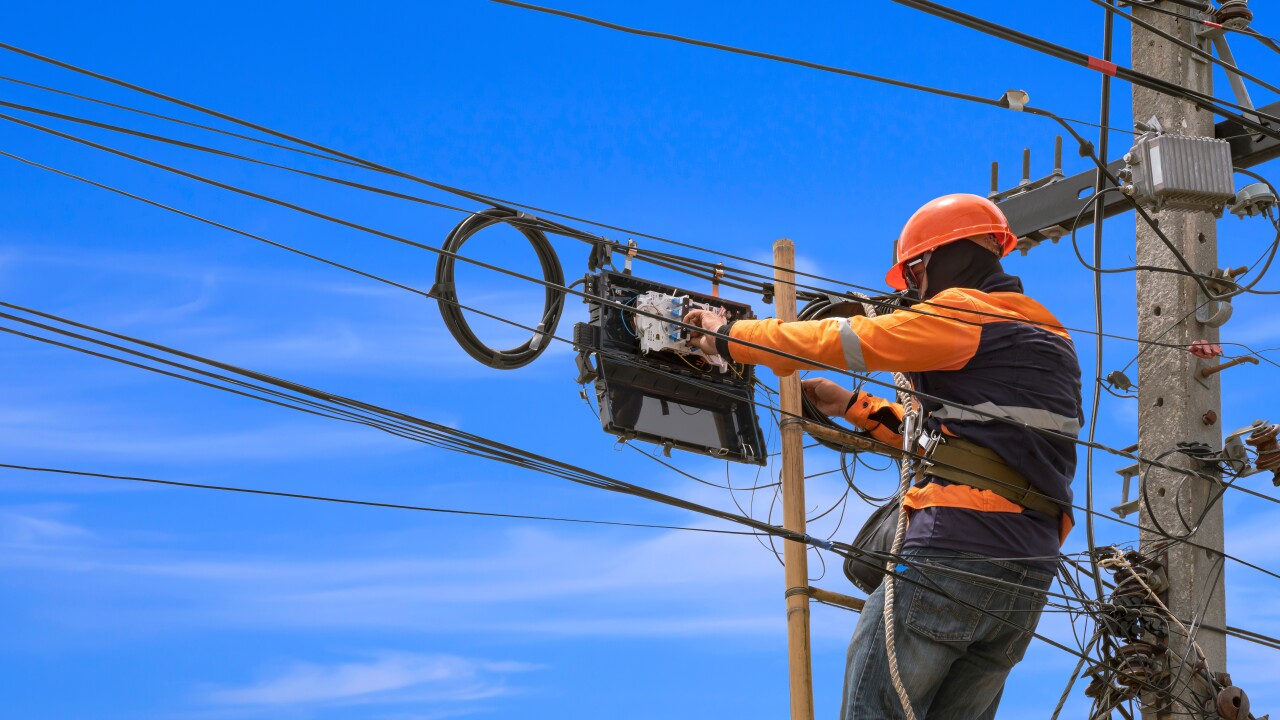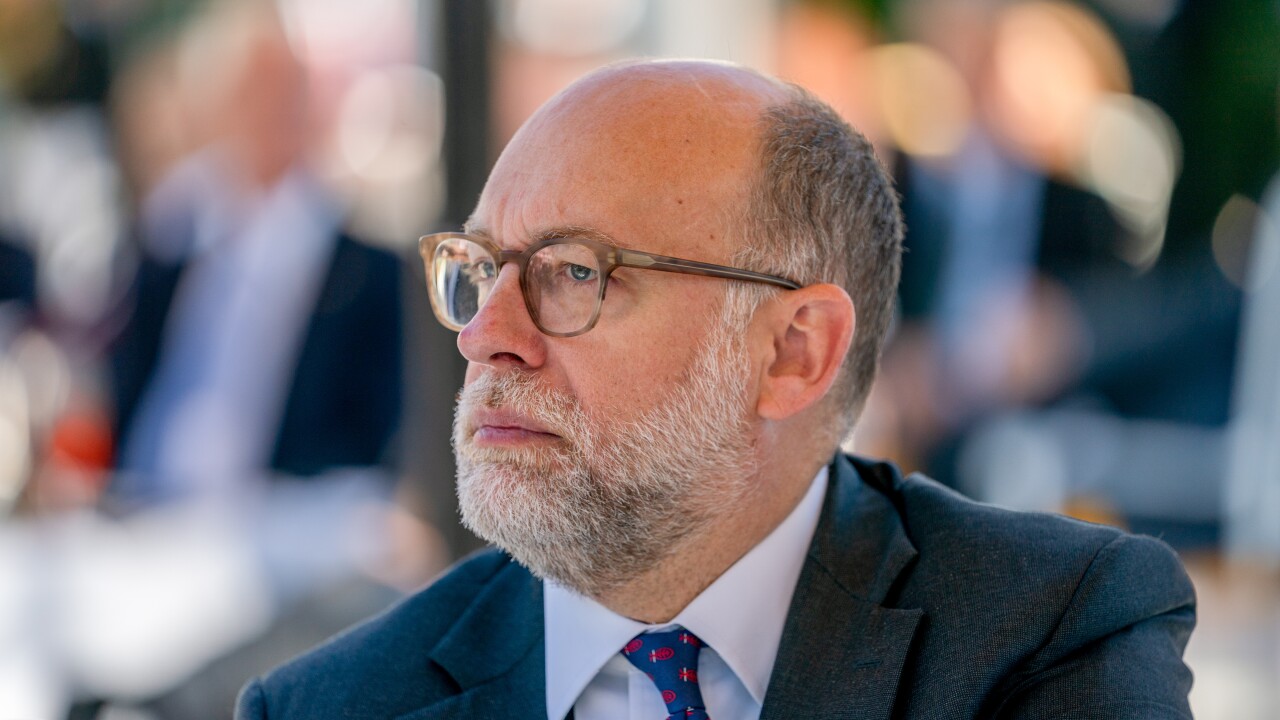The lasting effects of work-from-home practices driven by the COVID-19 pandemic could slash some office property values to less than half of their original value – and lead to rating downgrades on affected CMBS transactions, according to
"A large-scale secular shift in working practices could ultimately pressure even the most resilient properties," Fitch analysts stated in a recent report.
To learn the potential impact of a long-term work-from-home shift, the agency simulated permanent declines in occupier demand, rent and net cash flow on 114 single-asset/single-borrower (SASB) transactions in its rated portfolio, in vintages from 2012 to 2020.
In both moderate and severe scenarios, implied property values suffered acute losses, with only 4.4% of SASB bonds in the moderate scenario retaining their current ratings.
"This is really just an indication of, if work-from-home is to stick, what could be the implications for values and ratings on these transactions," said Huxley Somerville, CMBS North America managing director at Fitch. "We'll start to see signs of it in 2021, but it's going to take a couple of years for us to really understand how COVID-19 has influenced the office market for demand, usage, etc."

Each of the two scenarios assumes employees will work remotely part of each week and then extrapolates that to changes in office usage and occupier demand. The moderate case is for 1.5 remote days per week and a 20% decline in the number of on-site workers, resulting in a 10% decrease in space demand.
Fitch projected that increased vacancies could lower net cash flows between 15%-30%, and market values plunging between 44% and 54% below values at the time of origination.
Fitch's current rating analysis already incorporates some stress by using higher-than-origination cap rates, reducing property values by 38% on average, the report states.
Value declines to the degree suggested in the work-from-home scenarios could result in downgrades, with 25% and 55% of investment-grade CMBS losing investment-grade status in the moderate and severe scenarios, respectively.
Steven Marks, a Fitch analyst and one of the report's authors, said the report focused on Fitch-rated SASB transactions and its calculations are not specifically applicable to other office properties, nor does it suggest imminent rating actions on any of the referenced transactions.
"While the stresses will inform our rating analysis as and if trends evolve, each property’s unique fundamentals and features can mitigate these hypothetical stresses and rating migrations," Marks said.
While many U.S. office tenants continue to pay rent on existing leases regardless of whether they have employees onsite, those that let their leases expire or simply returned space to their landlords drove an unprecedented 84 million-square-foot increase in vacancy in 2020,
Those numbers exclude subleasing inventory, which from the start of the pandemic through year's end added 47.6 million square feet to total 141.5 million square feet, a 50.7% gain, JLL reported.
But a recovery in overall office demand may be accelerating, according to the
Demand increased 29% in February from the previous month, compared with 20% average monthly growth in February 2020 and February 2019, according to the March VODI report. January's 36% increase compared with an average 23% rise for that month in 2019 and 2020.
Office tours typically fall off in December each year, but the index showed tours tapering just 3% in December 2020, compared with an average 12% drop in the two previous Decembers, the report stated.
The VODI shows office demand at 38% of its pre-pandemic level set in February 2020, and on an upward trajectory. At its lowest point, in May 2020, demand had plummeted 85% from its February 2020 level.
"After such strong (December through February) growth, over half of the demand lost from pre-crisis to a trough in May was recovered by the end of February," the VODI report's authors stated in their March narrative. "It will take several more months of exceptional growth to climb back to a full recovery nationally, but the strength of recent VODI growth, in combination with vaccination milestones and increasingly optimistic expert forecasts over the progress of the pandemic itself, could be signaling true progress."




